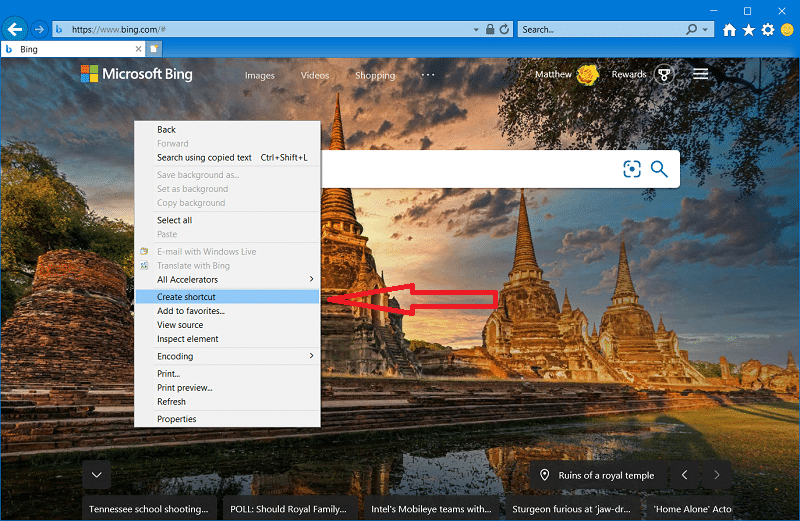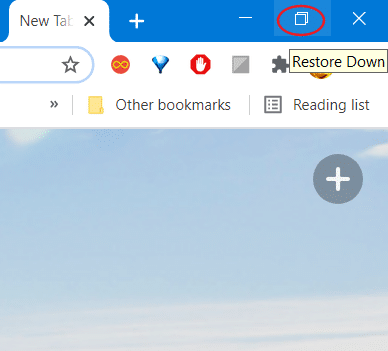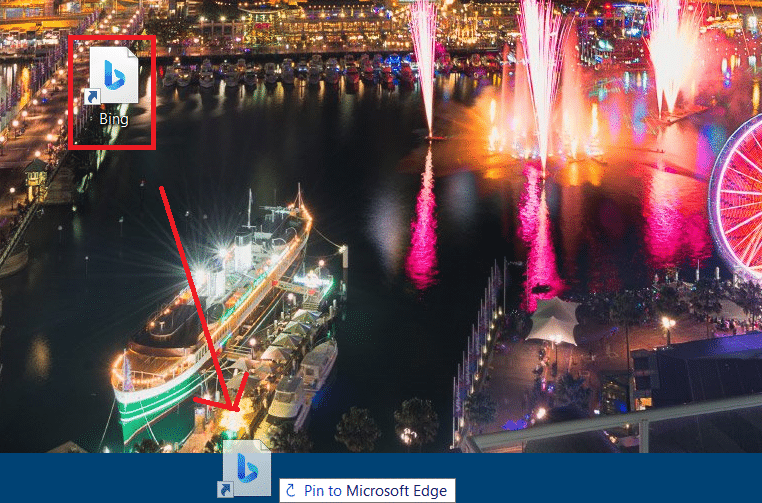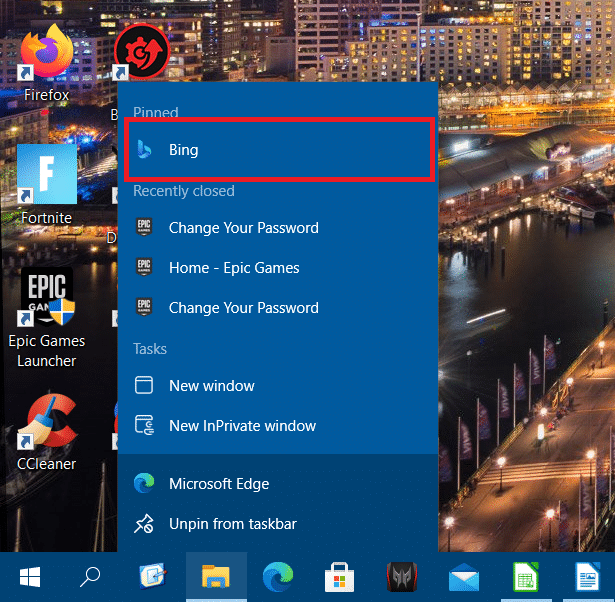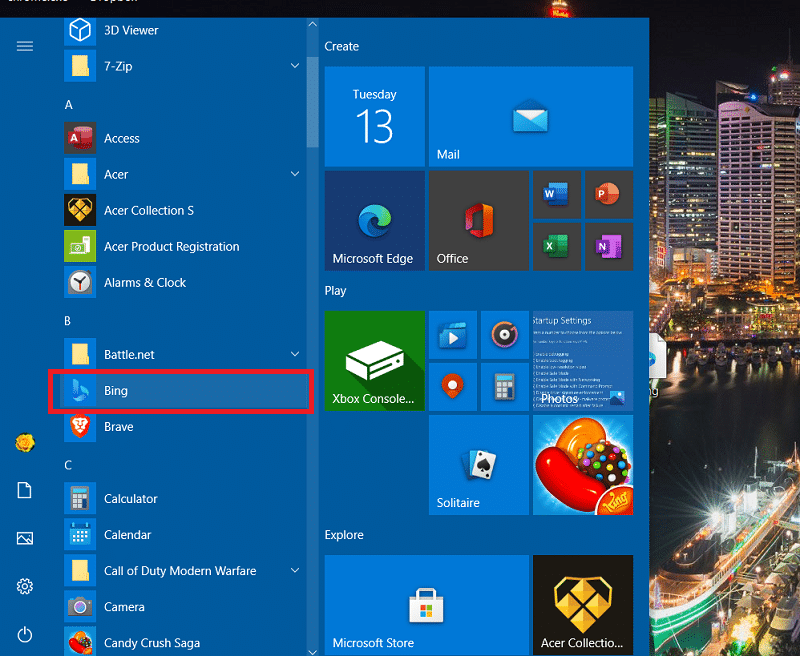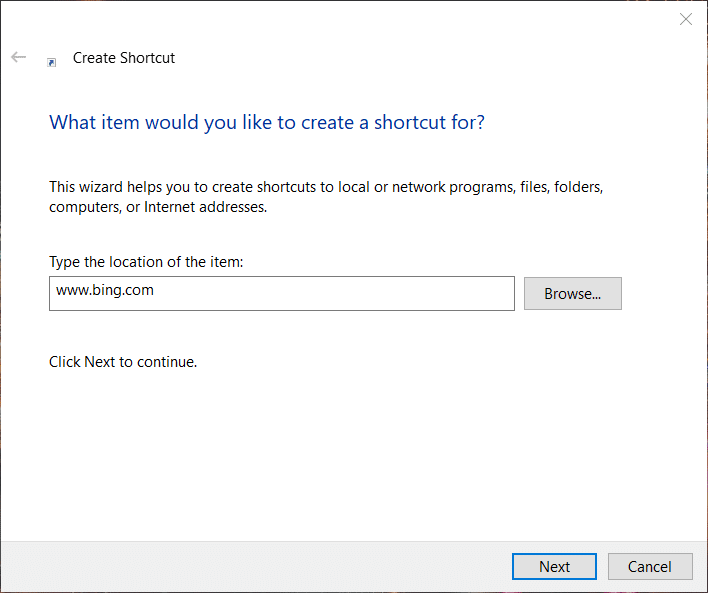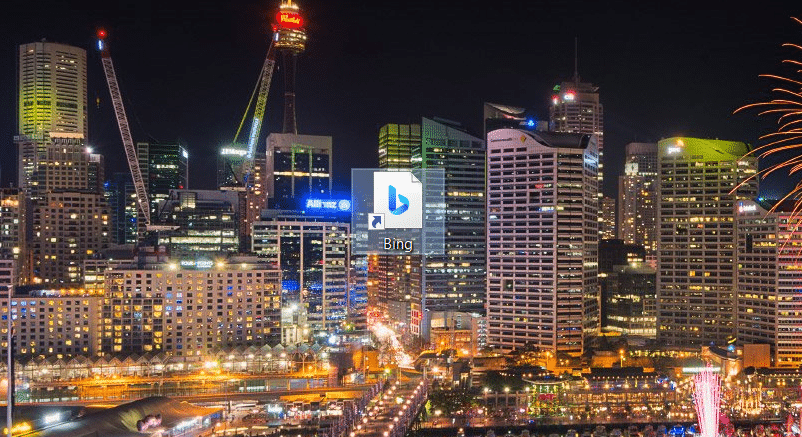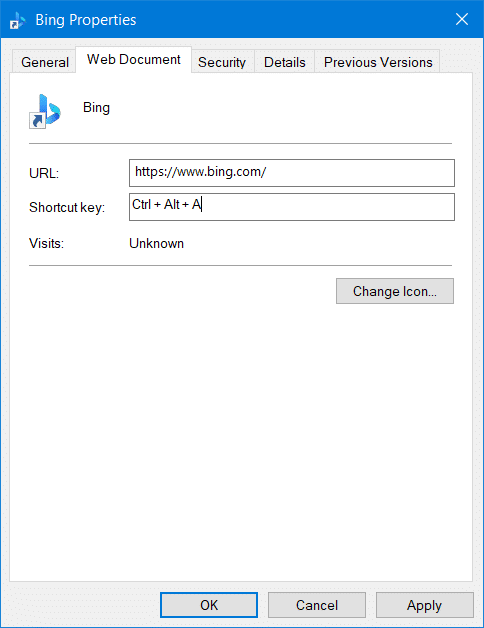Browsers include bookmarking tools for users to save and open their favorite website pages with. However, some users prefer to set up website shortcuts for pages on Windows 10. Then they can open websites directly from the Windows 10 desktop by clicking their shortcuts without needing to open browser bookmarks first. So, website shortcuts on Windows 10 provide a quicker and more convenient way to open favorite web pages.
There are various ways you can add website shortcuts to Windows 10. You can add webpage shortcuts to that platform’s desktop, taskbar, and Start menu. Whatever default browser you’re utilizing, you can set up webpage shortcuts for it. If you’re tired of opening all your favorite pages from your browser’s bookmarks, this is how to create website shortcuts on Windows 10.
Method 1: Create a Website Shortcut on Windows 10 via Internet Explorer
Windows 10 includes the Internet Explorer 11 and Edge browsers. Although Internet Explorer is getting a tad dated, it still retains a pretty big user base. IE was, after all, once the world’s foremost browser before Google Chrome knocked it off its perch. This is how you can create a website shortcut on the desktop with Internet Explorer in Windows 10.
Step 1: Click the “Type here to search” button on the left side of Windows 10’s taskbar.
Step 2: Input the keyword ‘Internet Explorer’ in the search box. Then you can click Internet Explorer to open that browser.
Step 3: Next, input a website address in the URL bar; and press the Enter key.
Step 4: Right-click an area of the webpage that opens to select the “Create shortcut” option shown directly below.
Step 5: Then click “Yes” on the Internet Explorer confirmation prompt that pops up.
Thereafter, you’ll see the new website page shortcut on the Windows 10 desktop. Clicking that shortcut will open the page in your default browser. If your default browser is not Internet Explorer, you’ll have to change the default web browser to IE via the Default apps tab in Settings for the page shortcut to open within that software. That will also be the case for whatever browser you set up a page shortcut on Windows 10 with. A Windows 10 website shortcut will always open your default browser.
Method 2: Create a Website Shortcut on Windows 10 via Chrome or Firefox Browser
Google Chrome is, by some distance, the king of the browsers in terms of its user base. That doesn’t necessarily mean it’s the best browser, but most people use it. It’s a browser with a Chromium engine that others like Edge, Brave, Maxthon, and UR share.
Firefox is undoubtedly the best non-Chromium alternative to Google Chrome. Mozilla gave that browser a new lease of life in 2017 with its Quantum update. That update overhauled Firefox’s core engine and added some great new features to the browser. This is how to save a website to desktop on Windows 10 with Fox and Chrome.
Step 1: First, open your Google Chrome or Firefox browser.
Step 2: Then open a website you want to set up a shortcut for by entering its address in Firefox’s or Chrome’s URL bar and pressing Enter.
Step 3: Click the “Restore Down” button, circled in the snapshot below, so that your browser window isn’t maximized.
Step 4: Left-click the padlock icon at the far left of Chrome’s or Firefox’s URL bar, shown directly below, and hold the left mouse button.
Step 5: Thereafter, drag the icon onto the Windows 10 desktop while holding the left mouse button. Release the left mouse button when you’ve moved the icon over the desktop.
Step 6: Right-click the new website shortcut on the desktop and select the “Rename” option. Then you can enter a new title for the shortcut.
Note that you can add website page shortcuts to the Windows 10 desktop with other browsers much the same. Internet Explorer and Edge users can drag the padlock icons on the left side of those browsers’ URL bars to create desktop shortcuts for open pages. You can set up website page shortcuts on Windows 10 like that with other Chromium browsers too.
You can also drag those website desktop shortcuts onto the Windows 10 taskbar. Left-click a page shortcut and drag it onto the taskbar. When you do, you’ll see a Pin to tooltip for your default browser. For example, it will say “Pin to Microsoft Edge” if your default browser is Edge, as shown in the snapshot directly below.
When you release the left mouse button, a jump list shortcut is established. That means the page shortcut is pinned to the jump list for your default browser’s taskbar icon. Right-click your browser’s taskbar icon and select the newly pinned webpage shortcut to open it from there.
If you want to include your website shortcut on the Start menu, right-click it and select the “Copy” option. Press the Windows key + R hotkey, enter shell:programs in Run’s Open box, and click the “OK” option. Thereafter, right-click a space within the Programs folder that opens to select the “Paste” option.
Then you can find the webpage shortcut on your Start menu. The webpage will be listed under Recently added on your Start menu when you first add it. The Start menu lists page shortcuts alphabetically according to their titles. If the shortcut’s title begins with G, for example, you’ll find it listed under G on the menu. You can right-click the website shortcut and select “Pin to start” to add a tile for it.
Method 3: Create a Website Shortcut on Windows 10 via the Create Shortcut Wizard
You can also set up webpage shortcuts for your default web browser with the Create Shortcut wizard. That wizard enables users to add shortcuts for folders, files, and websites to the Windows 10 desktop. This is how to put a website on desktop in Windows 10 with that wizard.
Step 1: First, launch a web browser to open a page with.
Step 2: Open a webpage to create a Windows 10 shortcut for in your browser.
Step 3: Copy the website address for the page in the URL bar by selecting the text and pressing the Ctrl + C hotkey.
Step 4: Close, or minimize, the browser.
Step 5: Right-click your desktop wallpaper and select “New” > “Shortcut” to open the window in the shot directly below.
Step 6: Press the Ctrl + V keyboard shortcut to paste the copied URL into the location box.
Step 7: Click the “Next” button to proceed to the wizard’s next step.
Step 8: Enter a title for the shortcut in the text box.
Step 9: Press the “Finish” button to add the page shortcut to the desktop.
When you’ve added a website shortcut to the desktop, you can also assign a hotkey key to it. Then you can open the webpage by pressing a keyboard shortcut for it! To do that, right-click the page shortcut and select “Properties.” Then input a hotkey in the Shortcut key text box on the Web Document tab shown below. Press the “Apply” and “OK” buttons to save the keyboard shortcut.
Your Windows desktop might get very cluttered if you add lots of website shortcuts to it. To reduce the clutter, you can set up a folder for your shortcuts by right-clicking the desktop and selecting “New” > “Folder.” Enter a title for your new desktop folder. Then drag-and-drop shortcuts into the folder to remove them from the desktop. You can click the folder on the desktop to access your webpage shortcuts whenever required.
Conclusion
So, that’s how you can add website shortcuts to Windows 10. You can set up webpage desktop shortcuts from the browsers or with the Create Shortcut wizard. Then you can pin those desktop shortcuts to the taskbar and Start menu or set up hotkeys for them. Adding page shortcuts to Windows 10 with the methods outlined above will give you more direct access to your favorite websites.
